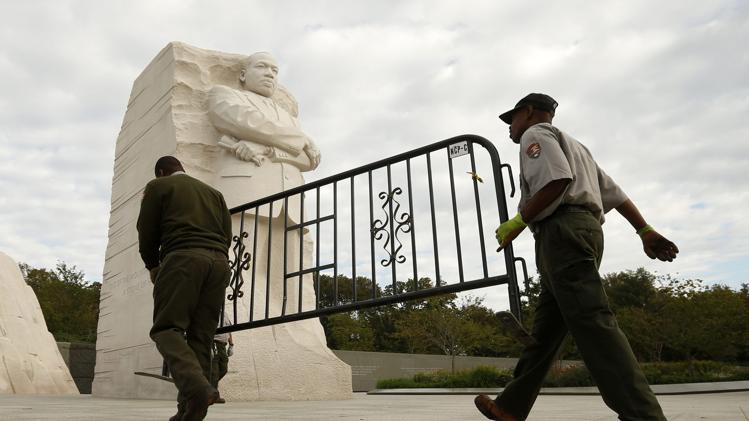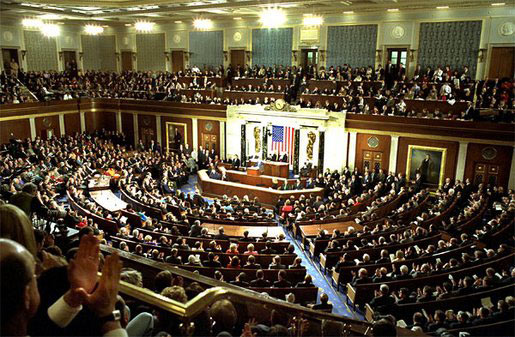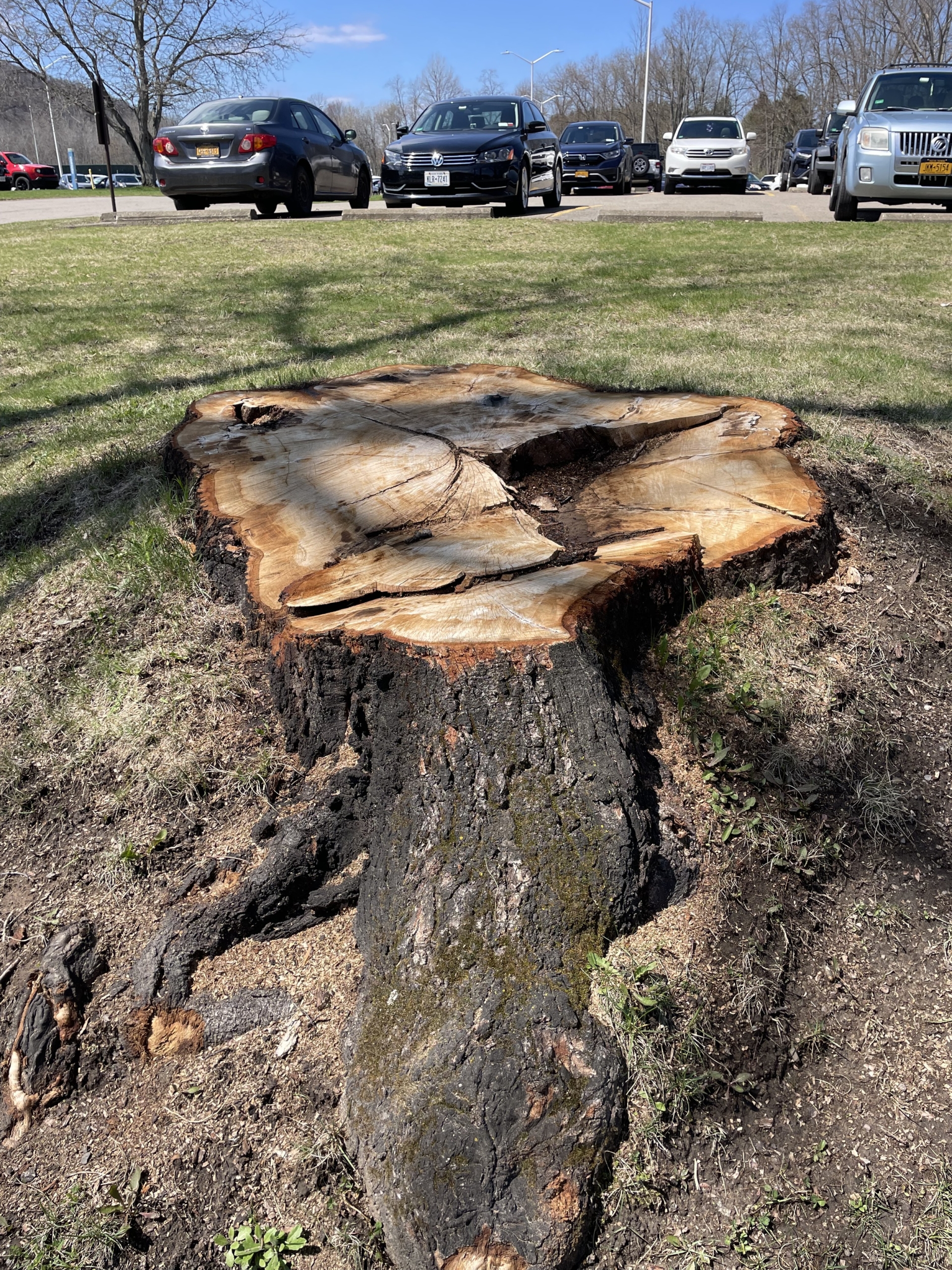By Julia Schneider
Contributing Writer
Following a 35-day government shutdown, President Donald Trump has signed a bill that will reopen the government for a three-week period. The nearly 800,000 government workers who worked unpaid during the shutdown will resume normal practice and receive back pay.
The government shutdown’s beginning stemmed from Trump’s initial campaign promise of “building a wall.” From the first introduction of the idea, Democrats had vehemently expressed their opposition towards such a drastic measure, then questioned how such a border can be paid for. Tensions between the Democratic and Republican parties reached a boiling point when Trump’s plan for a wall began to become a topic of serious contention.
Though recent CNN polls results suggest that Trump is largely responsible for the shutdown, both parties have displayed little consideration for the other’s opinions. While both sides recognize the necessity of increased border security, the request for funding towards Trump’s approximately five-billion-dollar project has raised some eyebrows among many politicians.
Assistant Political Science Professor at St. Bonaventure University Dr. Elizabeth Tillman spoke in response to the shutdown.
“With any political issue, there should be debate,” Tillman said. “Debate is good for hearing alternative solutions to problems of such a diverse nation. However, in my opinion, there should be no reason to shut the government down when a politician is not ‘getting their way.’ When politicians begin to put their own ideas first instead of supporting the American people, they are putting the American people at risk of financial ruin.”
The struggle to find compromise among the politicians inevitably hurt the American people.
Upon the Democrats’ rejection of the bill to fund the wall, the government proceeded to shutdown on Dec. 22 and stay in such a state until Jan. 25.
The shutdown resulted in departments such as Agriculture, Commerce, Homeland Security, Housing and Urban Development, Interior, Justice, State, Transportation and Treasury being affected, leaving almost 800,000 federal workers either not working or not receiving pay for the 35-day shutdown.
On Jan. 2, several national parks became enveloped in the shutdown and were forced to close or limit operations. The total cost of the shutdown is still being understood, but many experts anticipate the cost to be even higher than the cost of the potential wall itself.
As the United States government and the entire country endured the longest shutdown in the nation’s history, politicians were pressed to reach an agreement to quell the situation. The agreement reached is seemingly temporary, as it is stated that bipartisan committees will be meeting over the next three weeks to discuss a more permanent solution.
Another major point contained in the bill is no border funding is listed. In regards to questions of solutions for the looming problem, Trump said, “We really have no choice but to build a powerful wall or steel barrier. If we don’t get a fair deal from Congress, the government will either shut down on Feb. 15, again, or I will use the powers afforded to me.”
Contradictory to Trump’s authoritative statement, Speaker of the House Nancy Pelosi, and Minority Leader of the Senate Chuck Schumer have stood by their fervent opposition on plans for a wall.
The final verdict on a possible second shutdown is still being determined and will not be decided until at least Feb. 15.
schneije18@bonaventure.edu





